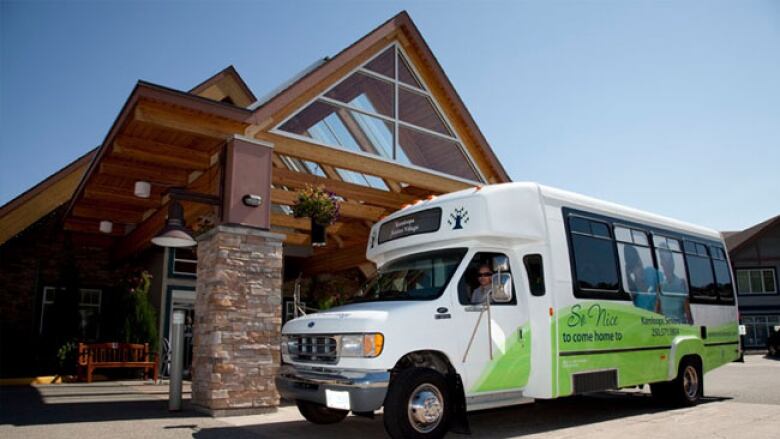Kamloops dementia patient handcuffed and left bewildered, claims family
Kamloops Seniors Village says emergency services were called as part of standard security procedures

A Cranbrook woman whose dad hasdementia believes aKamloops care home needs better trained staffso residents don't end up in handcuffs.
Krystal Oleson says her father, who is known to have outbursts,was taken from the KamloopsSeniors Village in handcuffsafter an incident in July 2015.
Oleson says her father's medication was changed a few month ago without family consultation by a doctor employed by the Village, and that set off a chain of events that led to a conflict July 20 betweenher father andstaff.
The conflict lasted two hours and in keeping with the policy of the care facility,emergency officials were called.
The senior was taken away in handcuffs to the local hospital, and did not return until August 14.
The incident highlights the ongoing struggle to avoid attacks and ensurecaregiver safety after a stringof nurse and caregiver attacks over the past year in B.C.
Caregiver safety
WorkSafeBC recorded more than 3,700 such attacks between2005 and2012.
Health care advocates are calling for better alert systems and protections for workers.
"Many incidents go by that just aren't even reported.The concern that we have is that many workers just think that it's part of the job," said David Durning,Occupational Health and Safety Officer with the Health Sciences Association.
He says there are 900 to 1,000 health care workers injured every year.
"Often they are reluctant to escalate matters where restraint is used. Often there is a reluctance to call in security or to call in police, when in many cases that is the best course of action to take to prevent injuries both for patients and for workers."
- Nursing-home comparison tool guides searches on the web
- are bruises and black eyes the new face of B.C. health care?
- Nursing-home costs leave seniors pondering divorce
Olesonsays the incident left her father confused and bewildered.
"I think the staff member should have called in someone else, who is more effective, to deal with my father."
Scott Schear is interim regional director of Kamloops Seniors Village, a facility run by Retirement Concepts.
He says "aggressive" behavior does happen andstaff have a standard security procedure. They try to calm the resident, and if things escalate then they call police.
"It could be that this particular staff member is a trigger thatmight escalate the behavior," Schear said, "but the resident needed a higher level of careso staffcalled emergency services as prescribed."
De-escalationdidn't work
Shear said de-escalation techniques are used, but when staff and or patientsafety is at risk then emergency workers are called.
Schearagrees that a good care plan can help address issues like this, by providing details that help staff avoid a person's triggers, and he agreed more training is always useful.
As for the use of handcuffs he agreed, "it's an unusual occurrence."
With files from David French and Sam Garvey












_(720p).jpg)


 OFFICIAL HD MUSIC VIDEO.jpg)
.jpg)



























































































